What is a cappuccino?
A Cappuccino is a classic drink with a long-lasting appeal. Blending the bold flavor of espresso with skilfully textured milk, the cappuccino elevates coffee with milk to a sensory experience. But despite its iconic status, its definition and even its origin remain among the most difficult to define of all the coffee recipes.
The origin of a cappuccino
Italy is the undisputed home of the cappuccino, though the story of how it came to be is less certain, there are many tales of how to cappuccino came to be. In its modern form, it is likely to have evolved into the drink we know and love in response to the invention of the espresso machine.
Cappuccino recipe
The recipe for a cappuccino is something that varies from place to place. For example, ask for one in some parts of Europe and you will be served a very large cup of milky coffee with whipped cream and chocolate sprinkles on top. In others, you will receive single shot of espresso, topped with a thick layer of microfoam.
Let’s focus on third wave, specialty coffee and its definition of a cappuccino. A cappuccino is commonly served at a 1:2 ratio of espresso to milk. The milk should be heavily foamed but not dry, retaining a silk-smooth texture.
Ingredients
-
Double espresso shot.
-
4oz of steamed milk.
How to make a cappuccino
-
Grind enough coffee for a double espresso.
-
Extract a double espresso shot into a mug or cup
-
Steam a portion of milk, keep raising the steam arm as the milk expands in order to add more texture to it than for a latte.
-
Pour 3oz of milk, combining it with the espresso. Towards the end of your pour, allow the microfoam to move into the cup, creating a generous layer.
Points to note
-
It is customary for cappuccinos to be served in wide-mouthed cups or mugs, to allow more surface area for that silky microfoam.
-
Cappuccinos can be served in a range of sizes. Usually, they are made with one or two shots of espresso, with the increasng size being made up of extra steamed milk.
-
Dairy or plant-based milk can be used for cappuccinos.
-
Latte art is becoming increasingly common on cappuccinos though it is harder to create intricate patterns since the milk is thicker. There are some traditionalists who strictly serve cappuccinos with a simple white ring in the centre (reminiscent of the Capuchin monk’s hairdo).
-
A dusting of chocolate powder is a popular addition to cappuccinos, yet it is becoming less popular among modern specialty coffee lovers.
FAQs
What’s the difference between a cappuccino and a latte?
The cappuccino is a smaller drink, there is less milk, making the coffee taste more prominent. Additionally, a cappuccino boasts thicker, more textured milk than a latte, making it a little heavier in the mouth.
Is a cappuccino a strong coffee?
Cappuccino is espresso-based, containing a single or double shot. Since espresso is very concentrated, and the microfoam is thicker (sitting more on top of the coffee than combining with it), the cappuccino can be experienced as a ‘strong’ coffee. However, the caffeine content is no more than a latte.
How frothy should milk be for a cappuccino?
Cappuccino milk is easy to get wrong – too much texture and you lose the natural sweetness of the milk, creating a brittle, bitter foam that sits on top of the milk. When texturing, the milk should the thick, coating and obscuring the sides of the milk jug as you swirl it, but not forming any solid shape. If you see a ‘golf-ball’ of foam forming in the middle of the jug; the milk is too thick.
What’s the best type of coffee to use for a cappuccino?
To be traditional about it, a strong, dark-roasted coffee with robust, chocolatey tones would be a fitting tribute to Italy’s fondness for a powerful, coffee.
Looking for other recipes? Read our article about coffee drinks explained.
What is a cappuccino?
A Cappuccino is a classic drink with a long-lasting appeal. Blending the bold flavor of espresso with skilfully textured milk, the cappuccino elevates coffee with milk to a sensory experience. But despite its iconic status, its definition and even its origin remain among the most difficult to define of all the coffee recipes.
The origin of a cappuccino
Italy is the undisputed home of the cappuccino, though the story of how it came to be is less certain, there are many tales of how to cappuccino came to be. In its modern form, it is likely to have evolved into the drink we know and love in response to the invention of the espresso machine.
Cappuccino recipe
The recipe for a cappuccino is something that varies from place to place. For example, ask for one in some parts of Europe and you will be served a very large cup of milky coffee with whipped cream and chocolate sprinkles on top. In others, you will receive single shot of espresso, topped with a thick layer of microfoam.
Let’s focus on third wave, specialty coffee and its definition of a cappuccino. A cappuccino is commonly served at a 1:2 ratio of espresso to milk. The milk should be heavily foamed but not dry, retaining a silk-smooth texture.
Ingredients
-
Double espresso shot.
-
4oz of steamed milk.
How to make a cappuccino
-
Grind enough coffee for a double espresso.
-
Extract a double espresso shot into a mug or cup.
-
Steam a portion of milk, keep raising the steam arm as the milk expands in order to add more texture to it than for a latte.
-
Pour 4oz of milk, combining it with the espresso. Towards the end of your pour, allow the microfoam to move into the cup, creating a generous layer.
Points to note
-
It is customary for cappuccinos to be served in wide-mouthed cups or mugs, to allow more surface area for that silky microfoam.
-
Cappuccinos can be served in a range of sizes. Usually, they are made with one or two shots of espresso, with the increasng size being made up of extra steamed milk.
-
Dairy or plant-based milk can be used for cappuccinos.
-
Latte art is becoming increasingly common on cappuccinos though it is harder to create intricate patterns since the milk is thicker. There are some traditionalists who strictly serve cappuccinos with a simple white ring in the centre (reminiscent of the Capuchin monk’s hairdo).
-
A dusting of chocolate powder is a popular addition to cappuccinos, yet it is becoming less popular among modern specialty coffee lovers.
FAQs
What’s the difference between a cappuccino and a latte?
The cappuccino is a smaller drink, there is less milk, making the coffee taste more prominent. Additionally, a cappuccino boasts thicker, more textured milk than a latte, making it a little heavier in the mouth.
Is a cappuccino a strong coffee?
Cappuccino is espresso-based, containing a single or double shot. Since espresso is very concentrated, and the microfoam is thicker (sitting more on top of the coffee than combining with it), the cappuccino can be experienced as a ‘strong’ coffee. However, the caffeine content is no more than a latte.
How frothy should milk be for a cappuccino?
Cappuccino milk is easy to get wrong – too much texture and you lose the natural sweetness of the milk, creating a brittle, bitter foam that sits on top of the milk. When texturing, the milk should the thick, coating and obscuring the sides of the milk jug as you swirl it, but not forming any solid shape. If you see a ‘golf-ball’ of foam forming in the middle of the jug; the milk is too thick.
What’s the best type of coffee to use for a cappuccino?
To be traditional about it, a strong, dark-roasted coffee with robust, chocolatey tones would be a fitting tribute to Italy’s fondness for a powerful, coffee.
Looking for other recipes? Read our article about coffee drinks explained.
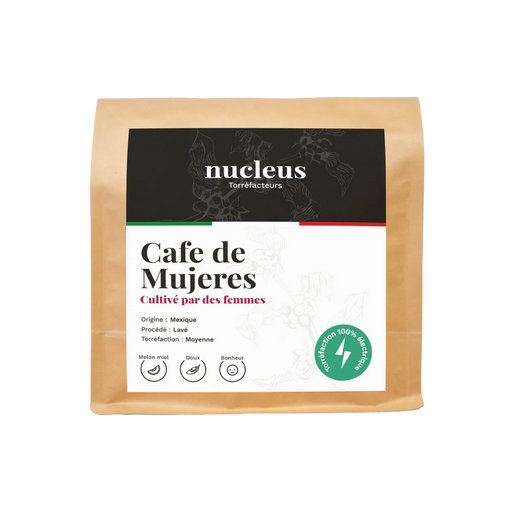

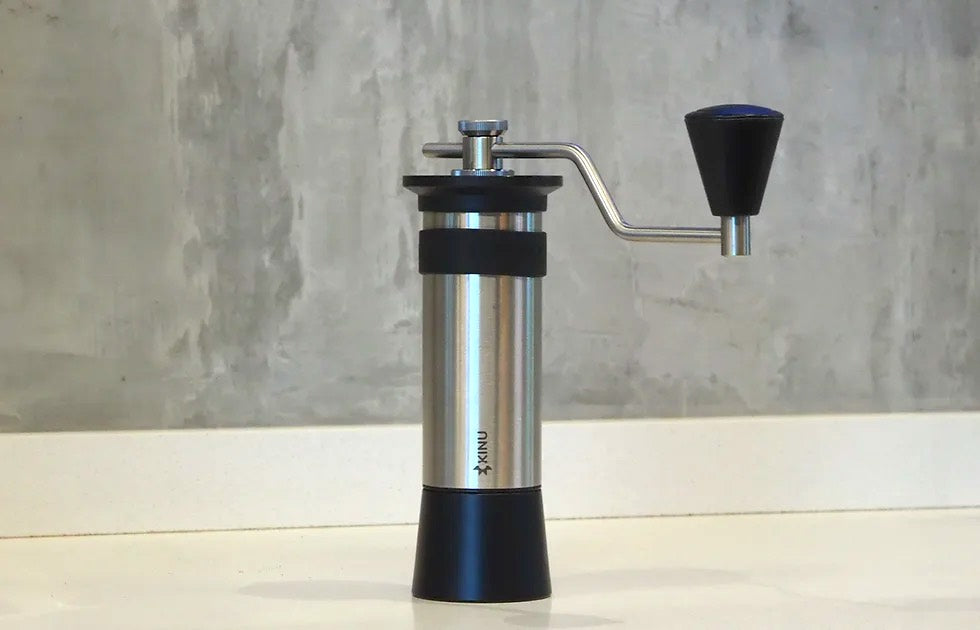




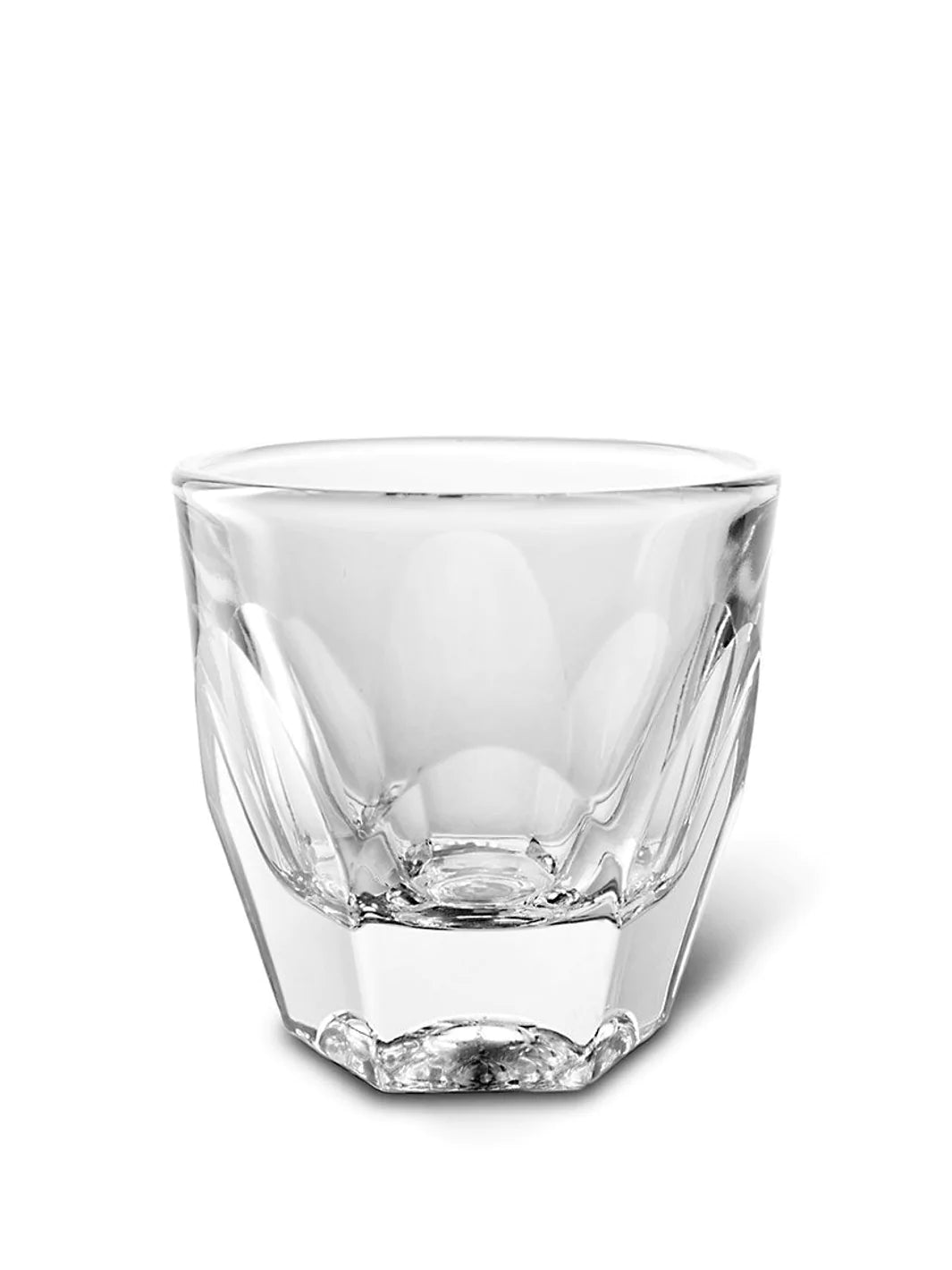


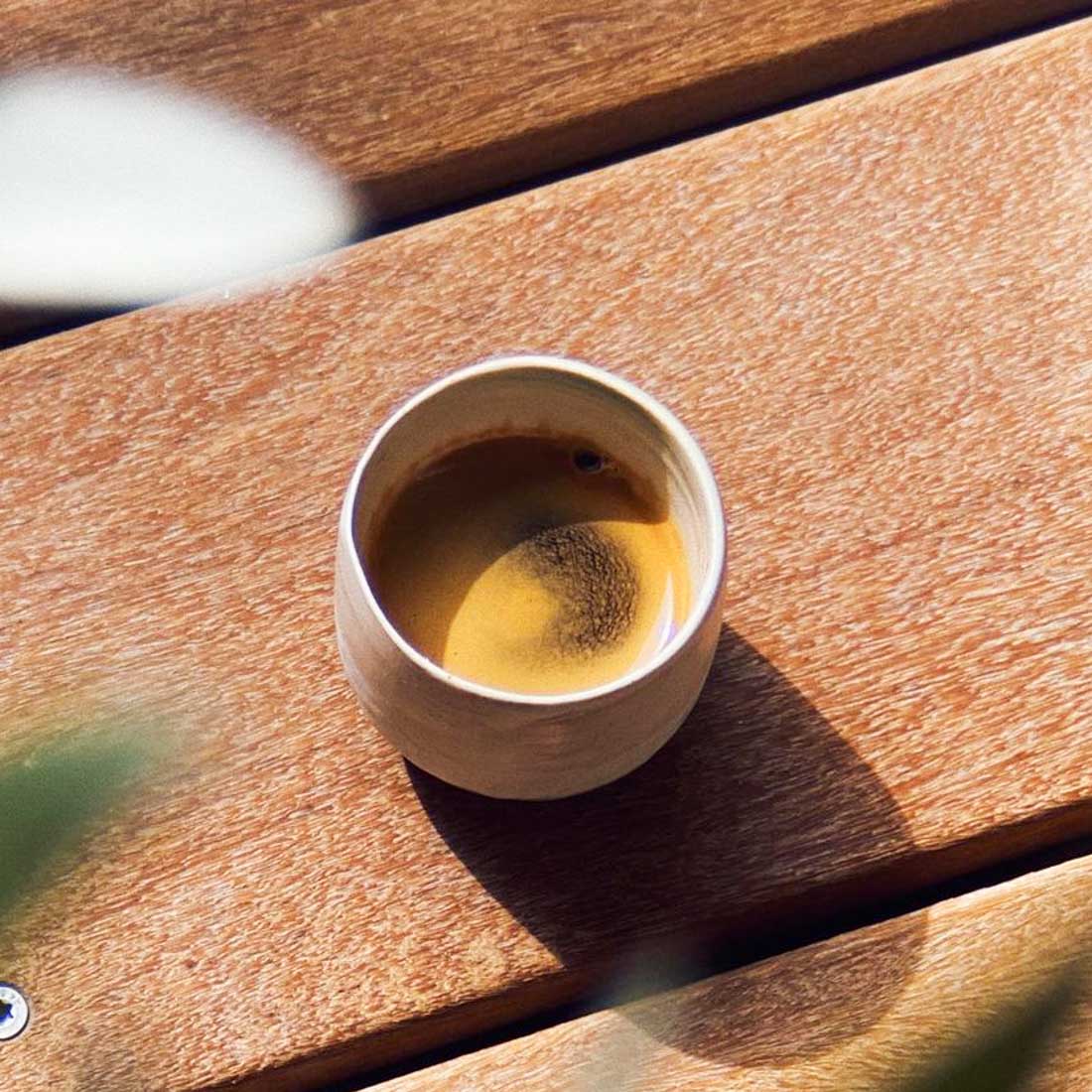
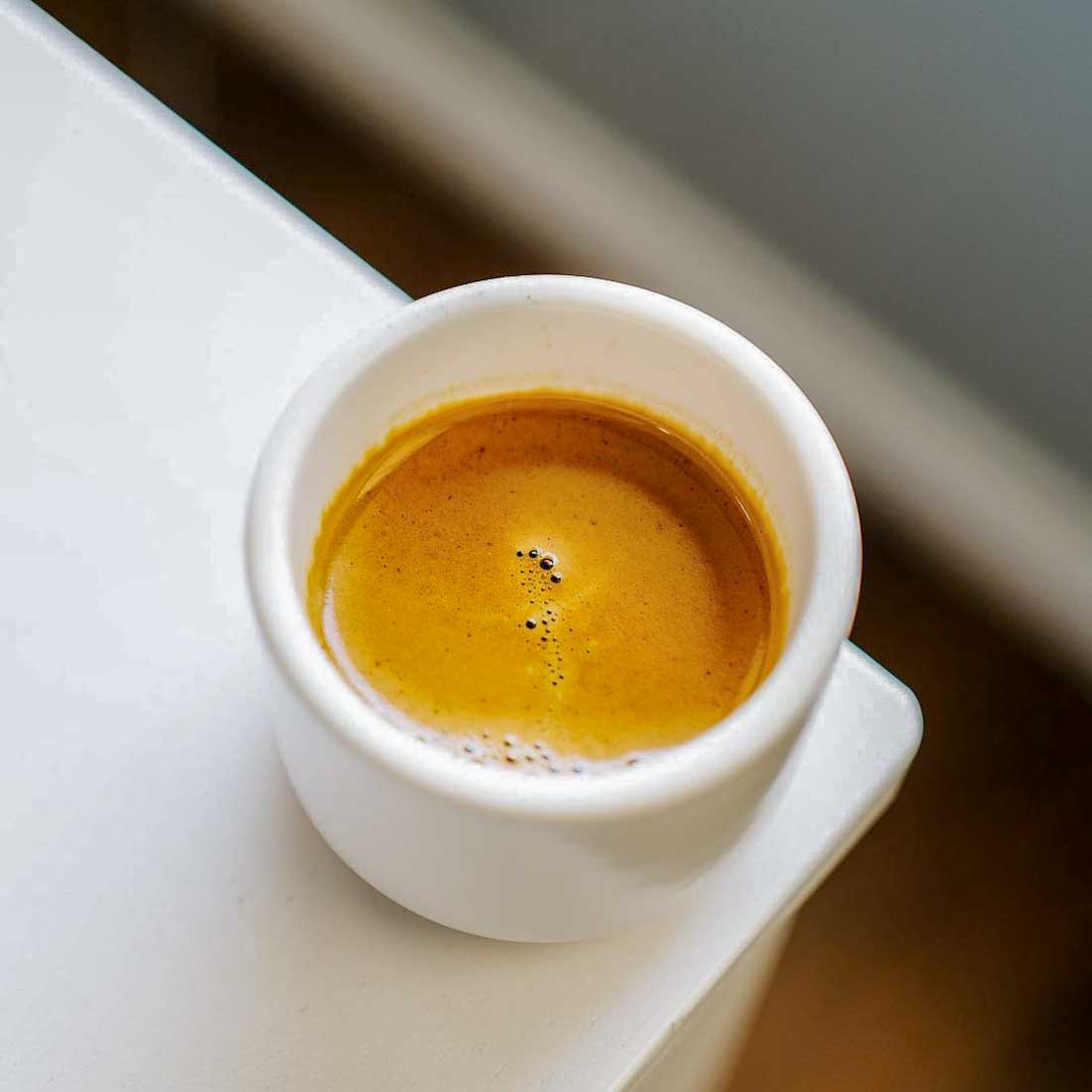
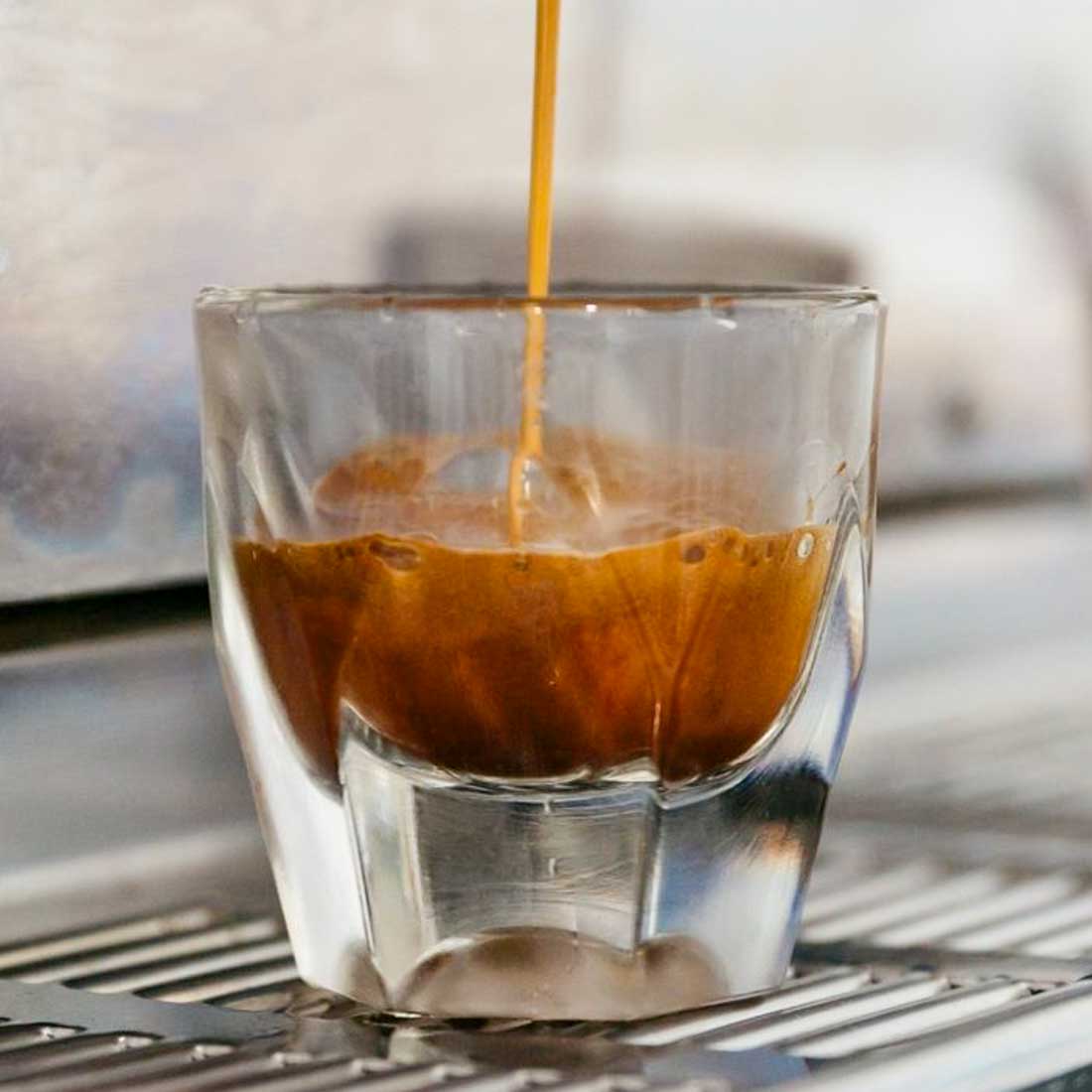
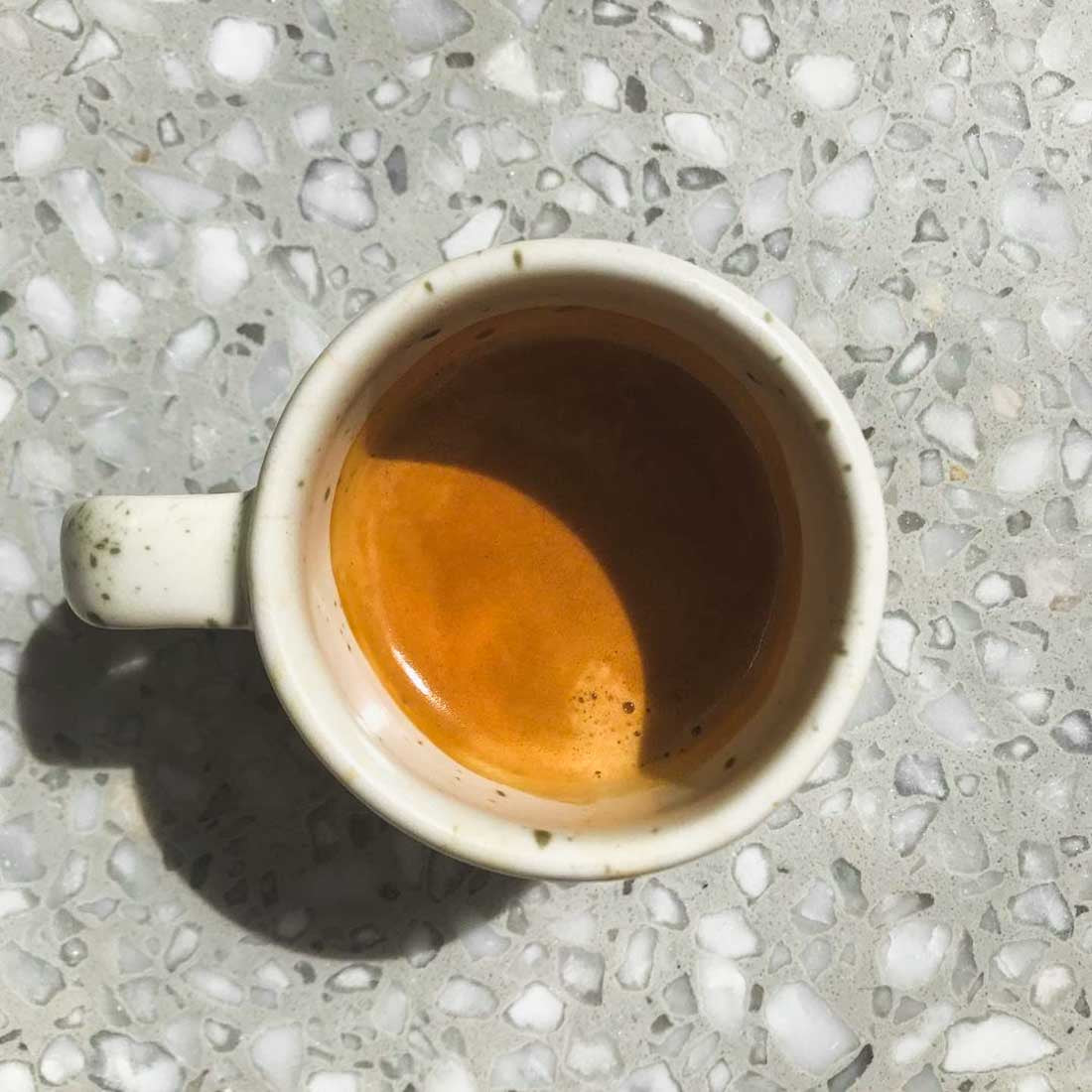
Comments
There are no comments.
Your comment